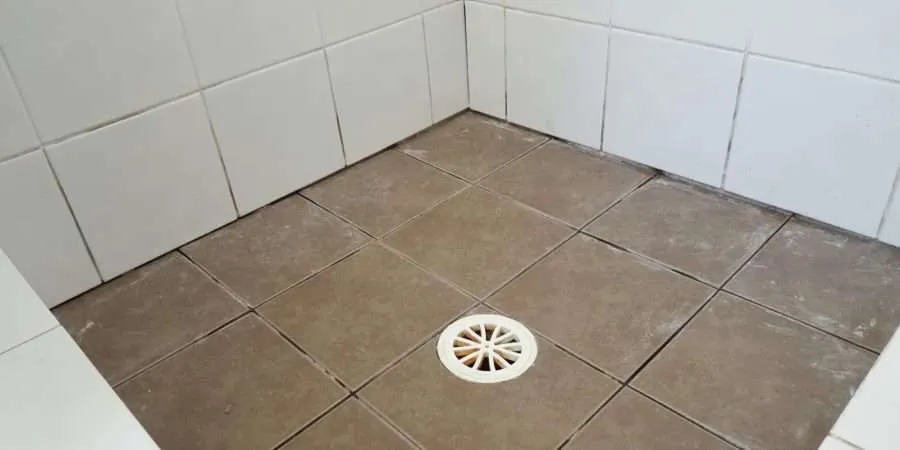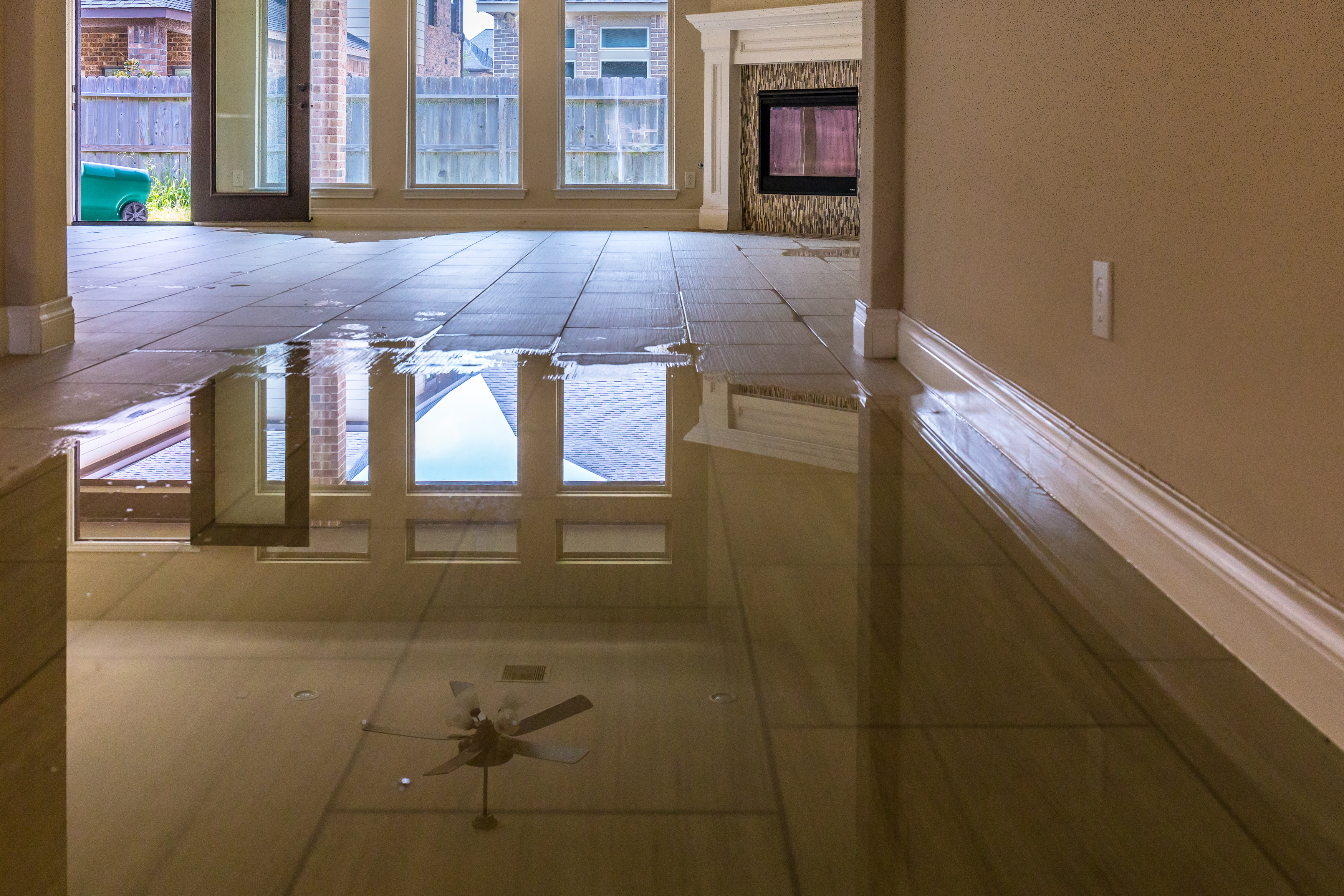Bathroom Water Damage - Ways To Stop This Happening
Bathroom Water Damage - Ways To Stop This Happening
Blog Article
What are your opinions on Preventing Water Damage in the Bathroom?

The bathroom is extremely susceptible for damp buildup and potential water damage as a result of the frequent use of water in it. This short article uses straightforward examination techniques to assist finding water damages hazards.
The frequent use of water in the restroom makes it incredibly prone for damp buildup and also possible water damages. By inspecting it frequently, you can minimize water associated problems.
The complying with collection of examinations is very easy to execute and also need to be done as soon as in every 3 months in order to maintain your washroom healthy and also to stop possible water problems brought on by the bath tub, the shower, pipeline joints and also plumbing, sinks, closets, and also the bathroom
Do not disregard doing these assessments as well as be thorough while performing them. Remember that these straightforward examinations can conserve you a great deal of money by offering early indications for water damages
Sinks and also Cabinets
Sinks and also cupboards are subjected to moisture and moisture day-to-day as well as are typically neglected. Check on a regular basis under the sink as well as on the countertop above it. Fix any type of drip in the trap as it may suggest drain troubles. Check out the sink, slow-moving draining pipelines may show an obstructed drain. Replace sink seals if they are fractured or loosened.
Tub and Shower
The shower and bath tub need special attention and also maintenance. Check the floor tiles as well as replace if fractured. Make certain that there is no missing cement in between the floor tiles. Check and change split caulking at joints where the walls fulfill the floor or the bath tub. Blocked drains and also pipes problems will certainly avoid the tub from drying and also may show major problems underneath the bathtub. Seek advice from an expert immediately to avoid structural damages. Take note of stainings or soft areas around the bath tub walls as they might indicate an inner leak.
Plumbing
Signs for water damages are tough to spot given that most pipelines are mounted inside the wall surfaces.
Pay special focus to flooring and also walls wetness and spots as they might suggest an invisible plumbing issue. Examine wetness degrees in adjoining spaces too.
The Toilet
The commode is a vulnerable water junction. Examine the water lines and search for leakages around the toilet seat, in the hose pipe, and also under the water tank. If you find any kind of signs of moisture on the floor around the bathroom, look for leakages in the toilet rim as well as tank seals.
Understand that hanging bathroom dish antiperspirants increases the chances for blockages.
Water Damage Signs In The Bathroom To Avoid Cleanup
Musty smell
This is one of the easiest signs to catch because musty smells are so odorous. The damp, earthy, moldy smell should be a big red flag. The smell will develop when moisture gets trapped in surfaces, and begins to facilitate mold growth. Leaking pipes under cabinets, inside walls, and behind shower fixtures will cause moisture to stay trapped and not dry, which will lead to mold growth and spread. As soon as you notice any musty smells in your bathroom, have it checked for hidden water damage and cleanup signs.
Visible mold
If the smell isn’t there to give it away, sometimes you will actually see mold growth. Finding mold in your bathroom is a serious problem, because mold is very harmful to your health. By the time mold growth is visible, it also means that water damage has already occurred and been present for some time. The only way the mold problem can be resolved is to find the source of the moisture and get it stopped. To safely and adequately remove mold, you need to have professionals handle the remediation. Do not waste any time in getting mold problems addressed, fixed, and sanitized so that you can protect you and your family from the many respiratory symptoms caused by mold exposure.
Damaged floors
Bathroom floors should be able to withstand some exposure to water while still remaining in good condition. However, when excess exposure or water leaks occur, they will begin to damage even the most water-resistant flooring. If you notice any cracking, bubbling, staining, or warping on your bathroom floors, there is probably a water leak somewhere causing the distortion. If you notice areas of the floor have become softer, or even have a spongy feeling, there is probably damage to the subfloor. Subflooring is typically made up of plywood. When plywood is exposed to water or moisture, it will absorb it. Once it has become saturated, the weight of the excess water will cause the wood to swell and soften. Check the floors in your bathroom frequently to catch any of these sings before they lead to damaged subflooring.
Changes on walls
When water leaks behind walls, it will cause changes in the drywall. Peeling plaster, blistering paint, and soggy wallpaper are all good indicators that excess water is building up behind the wall. Water leaking behind drywall will cause it to swell and be soft to the tough. If you start to notice gaps along the trim of your walls, or where tile meets the wall, it could also be a strong indicator that there is a leak behind the wall. Any changes, distortion, or damage on the walls should be evaluated as soon as you notice it to prevent further water damage and cleanup.

Hopefully you enjoyed our piece on Looking for Signs of Water Damage in the Bathroom. Thanks so much for spending some time to browse our content. In case you enjoyed reading our article kindly make sure you remember to share it. Thank-you for going through it.
Book Maintenance Report this page